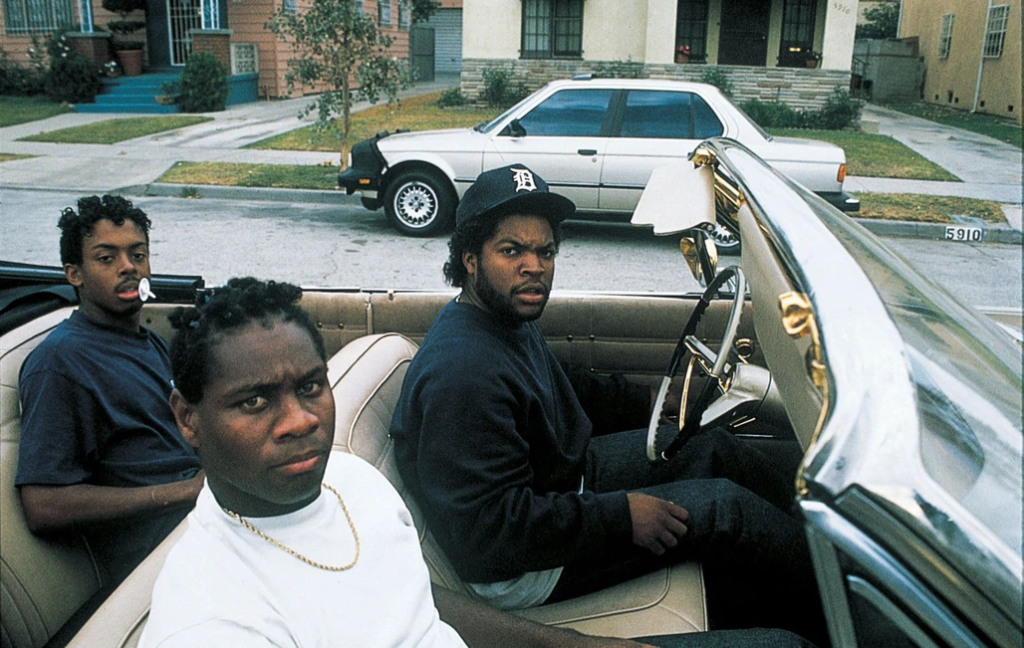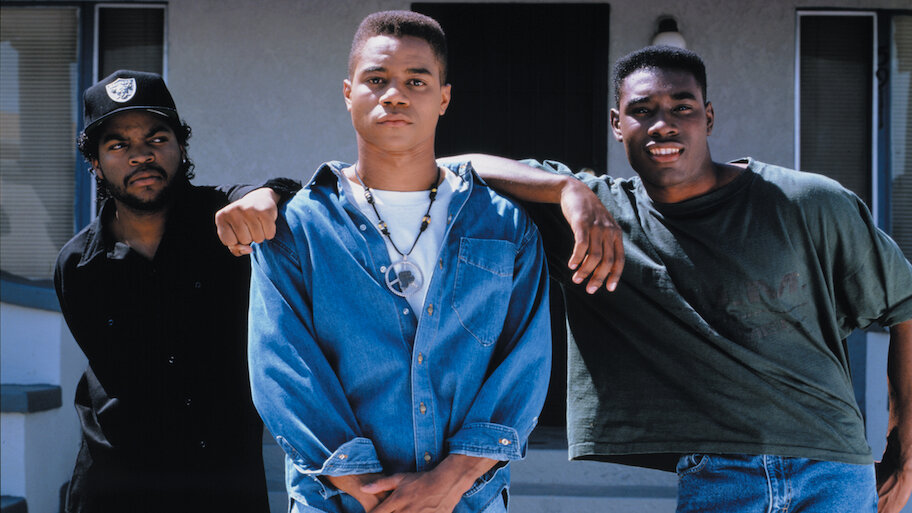Boyz n the Hood 2 (2025) returns to South Central Los Angeles more than thirty years after John Singleton’s groundbreaking original, exploring how cycles of violence, poverty, and resilience continue to shape families and communities across generations. This sequel is both a tribute to the legacy of the first film and a raw, unflinching portrait of today’s urban reality.
The story follows Malik, the teenage son of Tre Styles (Cuba Gooding Jr.), who is now a father struggling to guide his own child away from the dangers of the streets. Tre, older and wiser, has built a modest but stable life, yet he remains haunted by the memories of Ricky’s death and the friends he lost along the way. Determined not to let history repeat itself, he pushes Malik toward education, discipline, and a future beyond South Central.

But Malik, like many young men in his neighborhood, feels torn between two worlds: the promise of opportunity through academics and sports, and the seductive pull of street life, fast money, and respect. His best friend, Jamal, becomes entangled with a violent crew, dragging Malik into conflicts that threaten to derail everything Tre has worked so hard to protect.

The film expands its scope by focusing not only on Malik and Tre but also on the women of South Central—mothers, sisters, and partners whose voices and struggles provide the backbone of the community. Yvette, Malik’s mother, plays a crucial role as both nurturer and truth-teller, reminding Malik that strength also comes from love, resilience, and responsibility.
Themes of generational trauma and systemic injustice run throughout the sequel. Police harassment, gentrification, and the lack of opportunity highlight the ongoing struggles faced by the community. At the same time, the film underscores the importance of mentorship, education, and solidarity as tools of survival and hope.
By its conclusion, Boyz n the Hood 2 (2025) offers both heartbreak and hope. Malik must decide whether to repeat the mistakes of the past or honor his father’s sacrifices by breaking free of the cycle. With its powerful performances, gritty authenticity, and socially resonant themes, the film captures the enduring truth of Singleton’s vision: that every life in the hood has value, every choice matters, and every generation carries both the weight of history and the possibility of change.
